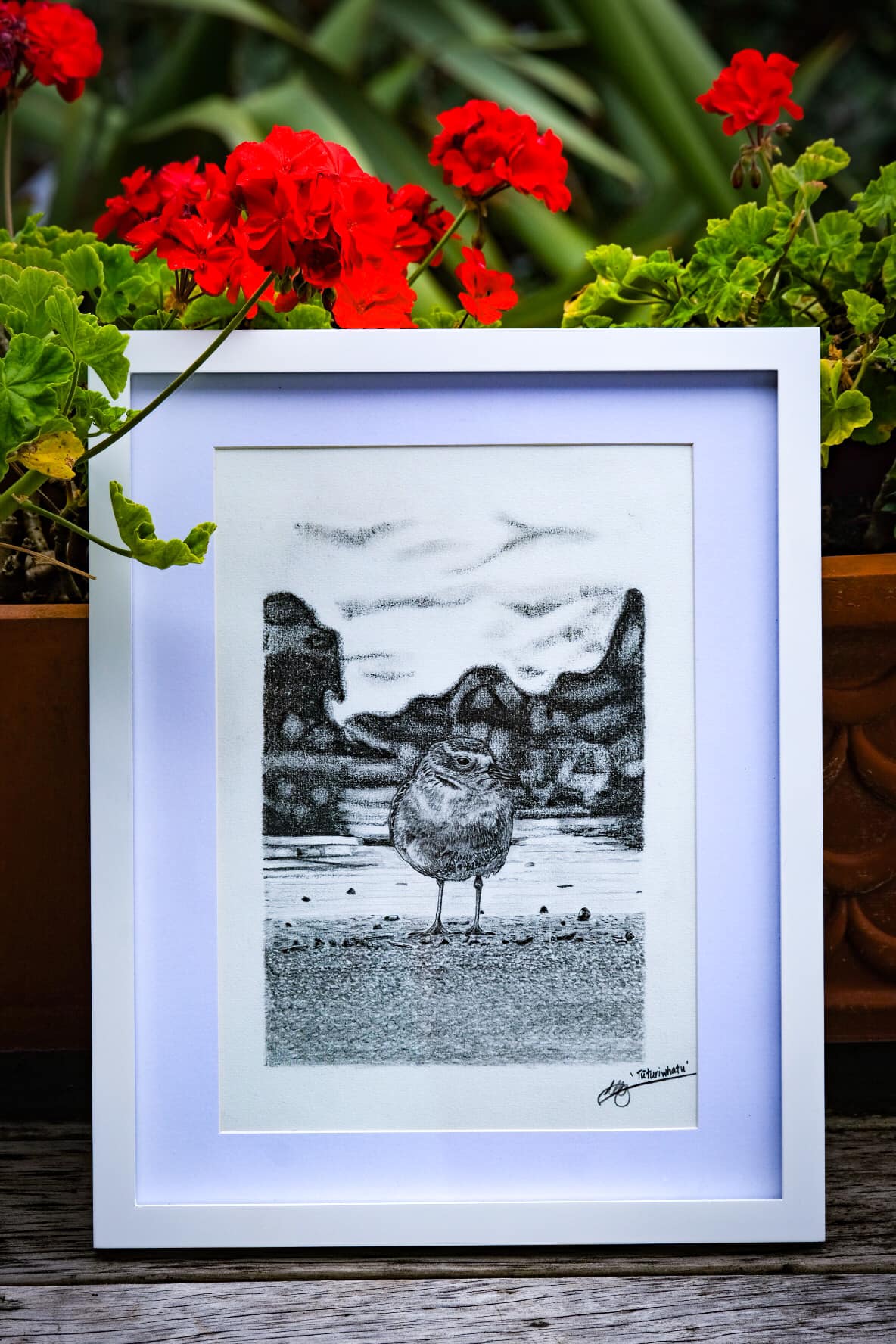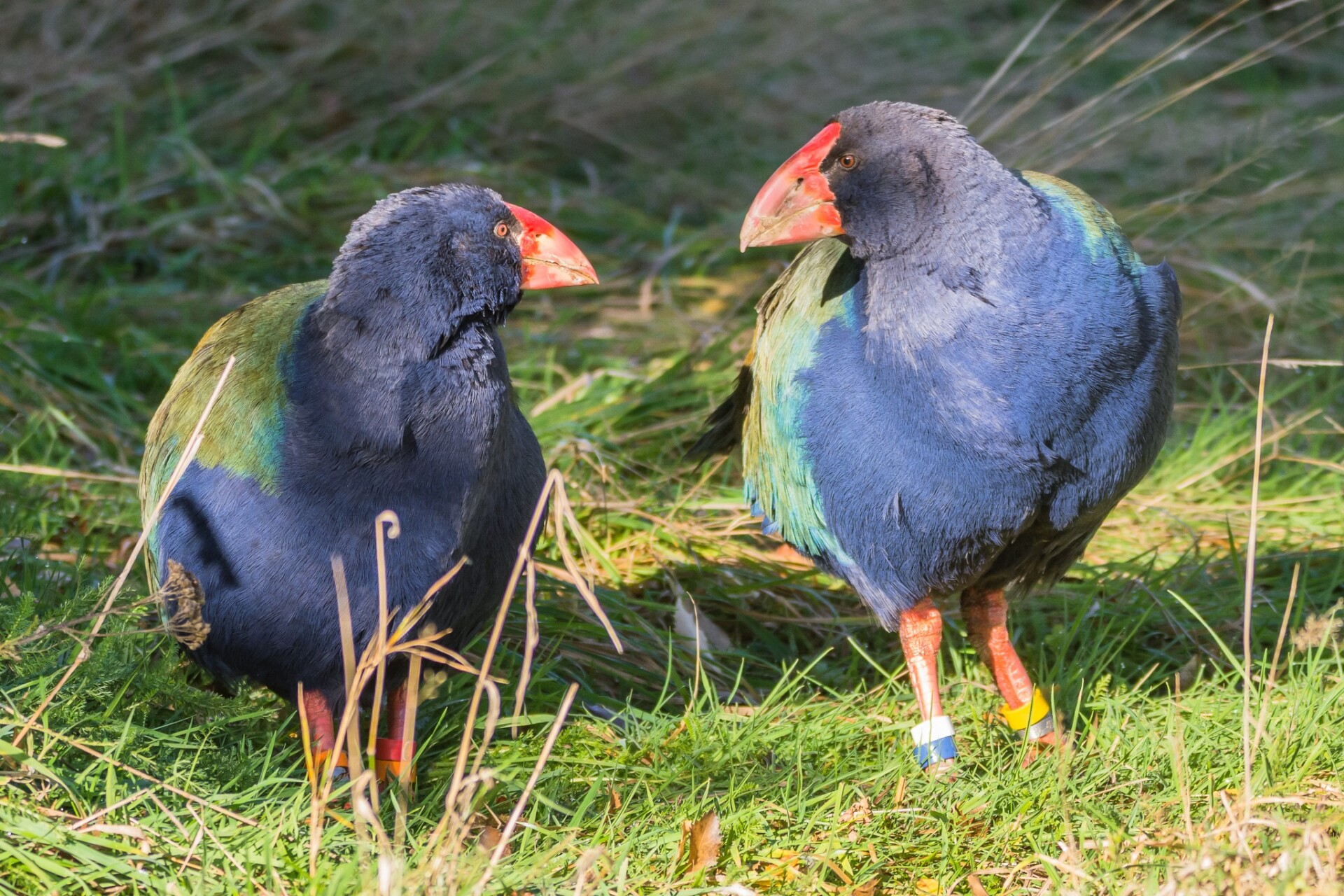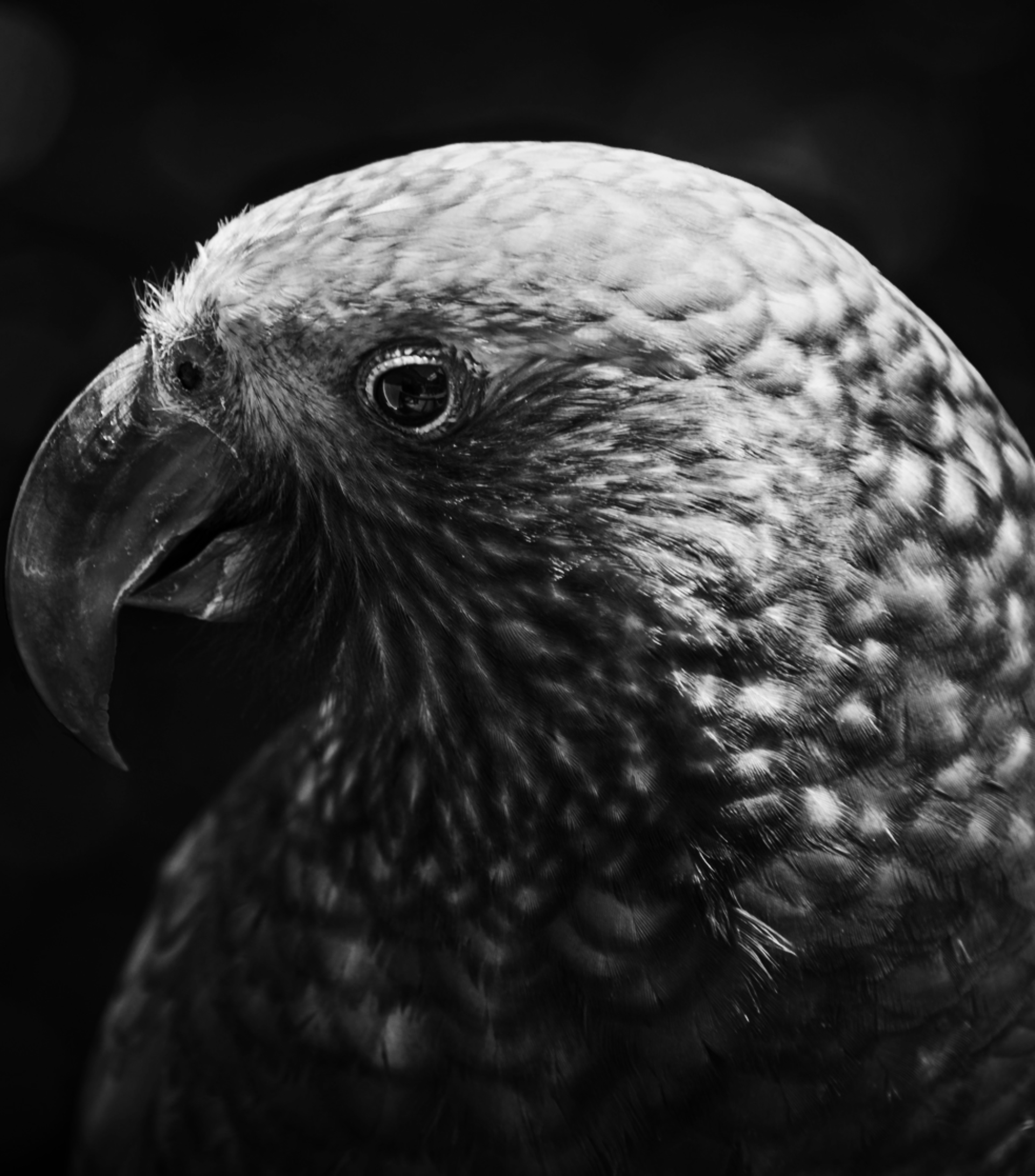Landpower’s founder, Herby Whyte, was inspired by his childhood experiences in the bush around his Invercargill home. “I grew up on the outskirts of Invercargill near a scenic reserve which was my playground,” Whyte recalls. “My grandfather knew every tree, plant, and bird, and he spent hours with me, passing on his knowledge and showing me where to find the nests.” This deep connection with nature sowed the seeds for Landpower’s future commitment to conservation.
The Valleys Project, initiated by Dr. Michael Fisk, a retired ophthalmologist and resident of Arrowtown, was established in partnership with the Department of Conservation (DOC) and the New Zealand Nature Fund. The project offers a unique platform for private individuals and corporations to contribute to predator control initiatives in Fiordland. It targets the stoats and rats that have significantly reduced native bird populations.
Whyte’s involvement with the project was a natural outcome of his passion for conservation. “Mike didn’t have to pitch anything to me. I believe wholeheartedly in what his Valleys Project is doing. Conservation of birdlife is really important to me,” says Whyte.
Landpower’s commitment to the project involves establishing and maintaining a network of traps in the upper 20km of the Irene Valley for five years. This significant pledge is an embodiment of Whyte’s belief that corporate entities can, and should, play a vital role in environmental stewardship.
Dr. Fisk, drawing upon his years of experience in Fiordland, highlights the stark reality of the situation. “Over the years we became very aware of the decline in the bird population. It’s really striking, devastating really, particularly in catchments that are to the east of the Great Divide and exposed to predator migration from the farmlands,” he explains.
An encounter with a pair of whio, a rare duck species, in the Irene Valley deepened Dr. Fisk’s resolve to protect these indigenous birds. “The whio are delightfully engaging and not at all shy of humans – often approaching within a meter or two,” he recounts. “Their population was down below 3000 back then and although they are making a bit of a recovery now, they remain seriously endangered.”
The project’s approach of involving individuals and corporates in ‘adopting’ a valley has been successful, as seen in the doubling of the whio population in the Cozette Valley. The New Zealand Nature Fund plays a crucial role in this effort, providing a financial framework that ensures efficient and transparent management of contributions.
Landpower’s involvement extends beyond financial assistance. The company is funding the installation of a four-bed hut in the valley, facilitating the use of advanced trapping technology, and subsidising the involvement of young conservationists. Additionally, Landpower staff are given the opportunity to visit the Irene Valley and participate in trap maintenance.
Whyte believes this offers a unique experience, saying, “Giving members of our staff the opportunity to visit a part of New Zealand they might otherwise never see is a special experience. This project will give their time in Fiordland a real purpose and the satisfaction that comes from being involved in a worthwhile endeavour.”
As the Valleys Project continues to grow, its success serves as an inspiration to other corporates and individuals, encouraging them to play an active role in conservation. The collaboration between Landpower, the NZ Nature Fund, DOC, and the Valleys Project is a testament to the impact that concerted efforts can have in preserving natural habitats and species. This not only highlights the urgent need for conservation but also showcases how dedicated individuals and corporations can make a significant difference in the fight to protect and revive New Zealand’s native birdlife.






























